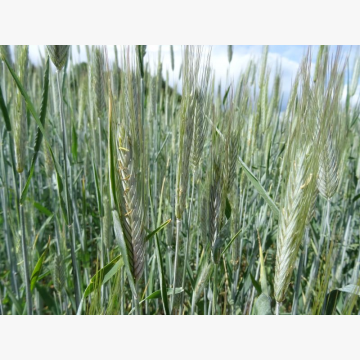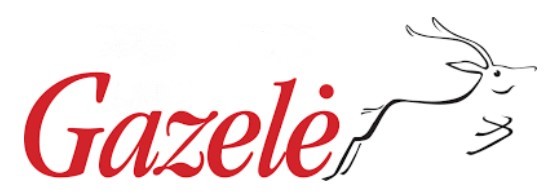- Home
- Seeds
- Winter cereals, etc.
- Winter rye
- ANTONIŃSKIE
FOR CONSULTATIONS APPLY TO:
Commercial director
Lina Smalskienė
tel. +370 618 02 551
e-mail linak@agrolitpa.lt
Sales manager
Tautvydas Kliučininkas
tel. +370 681 35 093
e-mail tautvydask@agrolitpa.lt
Sales manager
Eglė Petkevičienė
tel. +370 626 95 458
e-mail eglep@agrolitpa.lt
Sales manager
Kotryna Nakrošytė
tel.: +370 601 39 282
e-mail kotryna@agrolitpa.lt
ANTONIŃSKIE
A mid-early, high-yielding winter rye with excellent winterhardiness, extremely resistant to powdery mildew and ergot
- Good yield, even on poorer stands
- Uniform and large grain
- Resistant to sprouting
- High resistance to lodging
- Excellent resistance to diseases
- High falling number, protein content
Very high yield potential – due to its high and stable yield, the variety has been a yield reference in COBORU tests for years.
Recommended for growing for green fodder – due to its very abundant foliage, it is a reference for green fodder rye and has been used in this respect for years in the Czech Republic, Germany, Austria, France.
- The yield is stable and very high
- Average grain yield – 6.83 t/ha (without fertilization, organic cultivation)
- Average yield – 8.02 t/ha (using agrotechnical measures)
- Vegetation period – about 204 days
- Heading time – medium
- Maturation time – medium
- Plant height – medium (164 cm)
- Resistance to lodging before harvesting – high
- Winter hardiness – very high
- Resistance to diseases is particularly good, so it is also suitable for organic farms
- Grain uniformity – high
- Sprouting resistance – good
- 1000 grain weight – medium (34.0-35.0 g)
- Protein content – high
- Falling number – high
- Excellent baking properties
- Suitable for poorer, more acid soils
- Suitable as a supporting plant for growing in mixtures with winter vetches
- Suitable for making silage (with peas)
Resistance to diseases (when 9.0 points – very resistant)
|
Powdery mildew |
Very high – 7.7-7.8 points |
|
Brown rust |
High – 7.0-7.1-7.6 points |
|
Black stem rust |
Very high – 7.6-7.7 points |
|
Rynchosporium |
Very high – 7.2-.4 points |
|
Leaves septoria |
High – 6.7 points |
|
Foot diseases |
Very high – 7.4-7.7 points |
|
Snow mould |
Very high – 7.8-8,.3 points |
- Yield potential – very high (6.83-8.02 t/ha)
- Heading time – medium
- Maturation – medium
- Plant height – 166 cm
- Resistance to lodging – high (5.6 points)
- Winter hardiness – high
- Resistance to grain sprouting – good
- Grain uniformity – very high
- 1000 grain weight – very high (31.2 g) (34.0-35.0 g)
- Falling number – high
- Protein content – high (8 points)
- Requirements to soil – low
- Tolerance to soil acidity – good
*According to PHR breeder’s data
- Grain yield – 8.5 t/ha
- 1000 grain weight – 35.1 g
- Protein content – 10.8 %
- Starch content – 61.3 %
- Hectoliter weight – 75.9 kg/hl
- Falling number – 336 s
*2020/2021 according to research in Latvia (Institute of Agricultural Resources and Economics, Priekuli Research Centre)
The varietal parameters may differ from those indicated here when the testing circumstances differ from quondam
Recommended sowing rate: 170-200 kg/ha
Keravos sreet. 17, Kerava,
LT-38 131 Panevėžys district, LITHUANIA
Enterprise's code 168598128
VAT code LT685981219
Tel. +370 615 11 315
E. mail info@agrolitpa.lt




.JPG)


